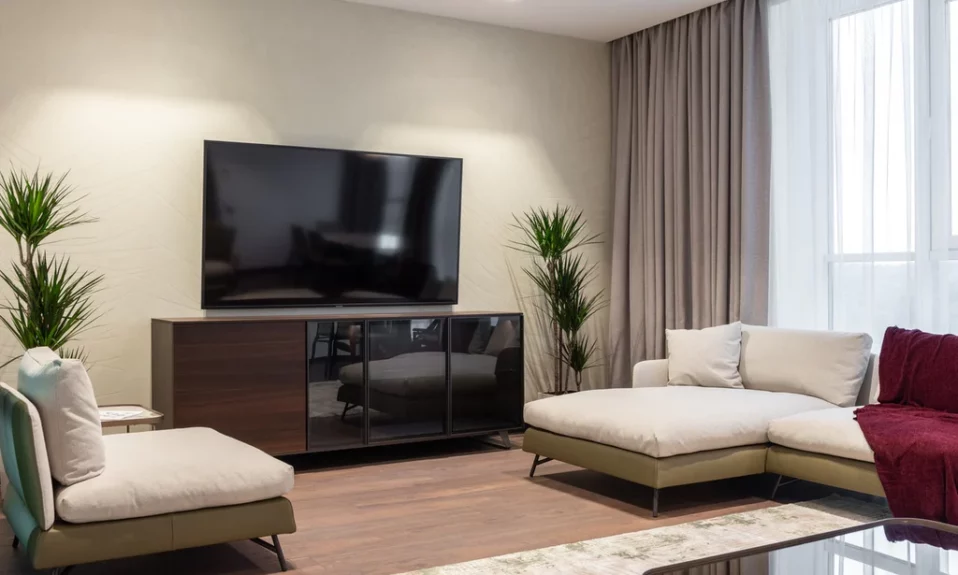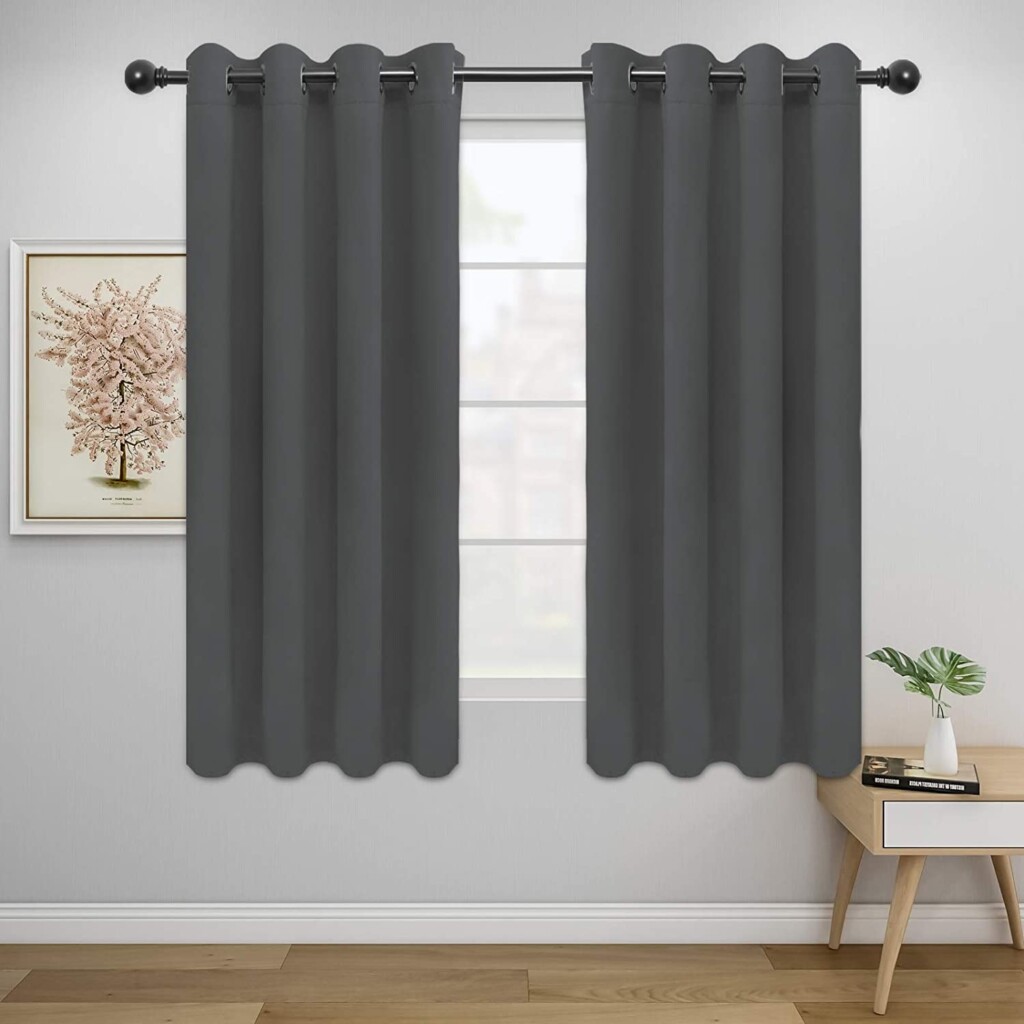To improve your home theater experience, it’s important to control the light in the room. A lot of TV features like image quality, color, and brightness can be affected by excess light. So what are the best ways to block excess light in a home theater?
To combat this, you can try the following methods:
- Use blackout curtains
- Paint the room in a darker color
- Install directed and smart lighting
- Avoid reflective objects
- Use furniture in darker colors
- In extreme cases, create a “room within a room” by adding walls.
Making changes to control light in your home theater may require effort and resources, but it’ll result in an immersive viewing experience. So, choose the fix that works best for you and enjoy your favorite movies and shows to the fullest.
Table of Contents
Put Up Blackout Curtains on Any Windows
Windows are the biggest source of light pollution in home theaters. While windows bring natural light into a room and reduce the need for artificial lighting, they can negatively impact the home theater experience.
One solution to this problem is to install blackout curtains on windows in your home theater room. When purchasing curtains, make sure they are at least one foot wider than the window to fully cover it and prevent light from seeping in.
Additionally, pay attention to how far the brackets hold the curtain rod from the wall. The closer the curtains are to the wall, the less light will escape, creating a darker and more immersive environment in your home theater.
Change the Room’s Color to a Darker Shade

Indirect light sources, like reflections, can also impact the light profile of your home theater. The colors of surfaces around you are a result of their reflection of light at different wavelengths. Brighter colors reflect more light, making it important to control their presence.
Painting your home theater room with darker colors, such as black, burgundy, navy, or forest, can reduce the amount of ambient light and enhance your viewing experience.
On the other hand, if you plan to install strip or tube lighting in recesses, it’s recommended to paint them white to maximize the amount of light entering the room. This way, you can create a balanced light environment in your home theater space that’s ideal for movie and TV watching.
Guided Lighting
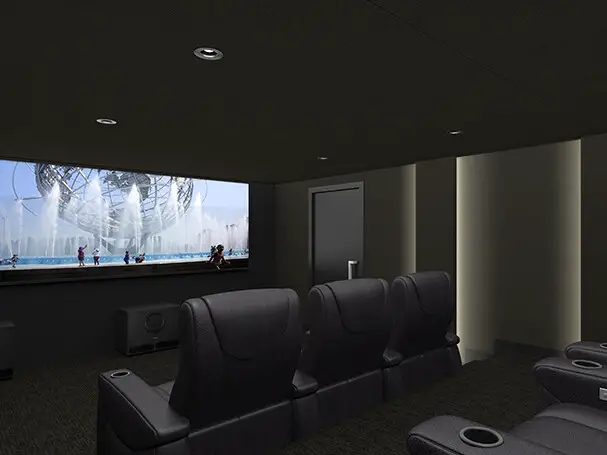
Indirect light sources, like reflections, can also impact the light profile of your home theater. The colors of surfaces around you are a result of their reflection of light at different wavelengths. Brighter colors reflect more light, making it important to control their presence.
Painting your home theater room with darker colors, such as black, burgundy, navy, or forest, can reduce the amount of ambient light and enhance your viewing experience.
On the other hand, if you plan to install strip or tube lighting in recesses, it’s recommended to paint them white to maximize the amount of light entering the room. This way, you can create a balanced light environment in your home theater space that’s ideal for movie and TV watching.
Smart Lighting
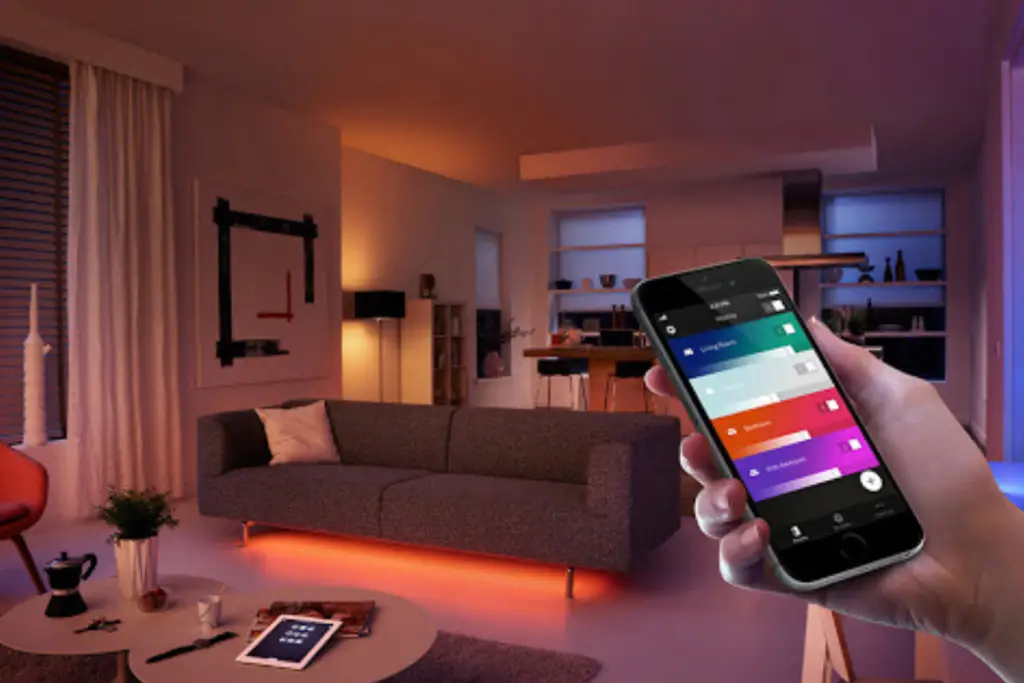
Installing smart lighting is another way to minimize excess light and create a balanced light environment in your home theater. With smart lighting, you have complete control over the brightness and color profile of your lights.
Smart lighting has a variety of options and can be controlled with your smartphone, making it especially useful in a home theater setting. There are even apps that allow your display device and smart lighting to pair and broadcast a matching color profile. This creates an immersive experience, especially for recessed tube or strip lighting and lighting behind a mounted smart TV.
So, consider installing smart lighting for a more enjoyable home theater experience. With its versatility and ease of use, smart lighting is a valuable addition to any home theater setup.
Darker Furniture
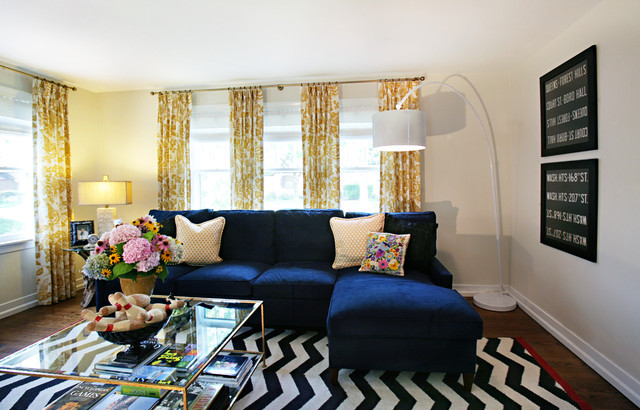
Just like walls, furniture also reflects light. Brighter furniture reflects more light, leading to excess light in the room. Darker furniture, similar to painting walls with darker colors, helps reduce indirect light sources. The more dark surfaces you have, the more light is absorbed, resulting in less uncontrolled light bouncing around the room.
When selecting furniture for your home theater, consider not only its color but also its material. Glossy metal and wooden furniture and vinyl upholstery reflect light easily. To avoid reflective surfaces, opt for unvarnished wood, velvet, or suede. These materials are great for absorbing light and creating an immersive home theater experience.
In conclusion, selecting the right furniture can have a significant impact on the light profile of your home theater. By choosing darker, non-glossy materials, you can reduce excess light and create a more enjoyable viewing environment.
Reduce Reflective Surfaces

To minimize the impact of reflective objects in your home theater room, limit their number and placement. Move glass tabletops and mirrors to areas where they won’t reflect light onto your viewing surface.
You can also change the angle of reflective objects so that they don’t reflect light in a way that interferes with your viewing experience. When in doubt, test different arrangements and use the one that works best for your home theater space.
Remember, the goal is to create a space where the light and colors enhance your viewing experience. With a little planning and effort, you can create an immersive and enjoyable home theater space.
Build New Walls to Prevent Light
If you want to enhance the natural light in your home, you can always build new walls. Hiring a professional is recommended, as this type of modification requires taking various factors into consideration, such as air flow and electrical components.
A new wall will impact the air flow in your home, so new ducts and vents may need to be installed. This is a great opportunity to add other upgrades to your home theater space. Consider installing extra electrical outlets and soundproofing the walls.
Your custom walls can also include smart lighting, which will hide the light source. Before starting this project, it’s best to consult an interior designer. They can help optimize your home theater environment and provide contacts for contractors to make your vision a reality.
To Sum Up
In conclusion, there are various ways to minimize light pollution in your home theater room. These include installing blackout curtains, painting your walls and furniture with darker colors, using smart lighting, avoiding reflective surfaces, and even building custom walls. Before beginning any significant modification project, it is advisable to consult an interior designer to ensure that your home theater room meets both your requirements and the building code regulations.


